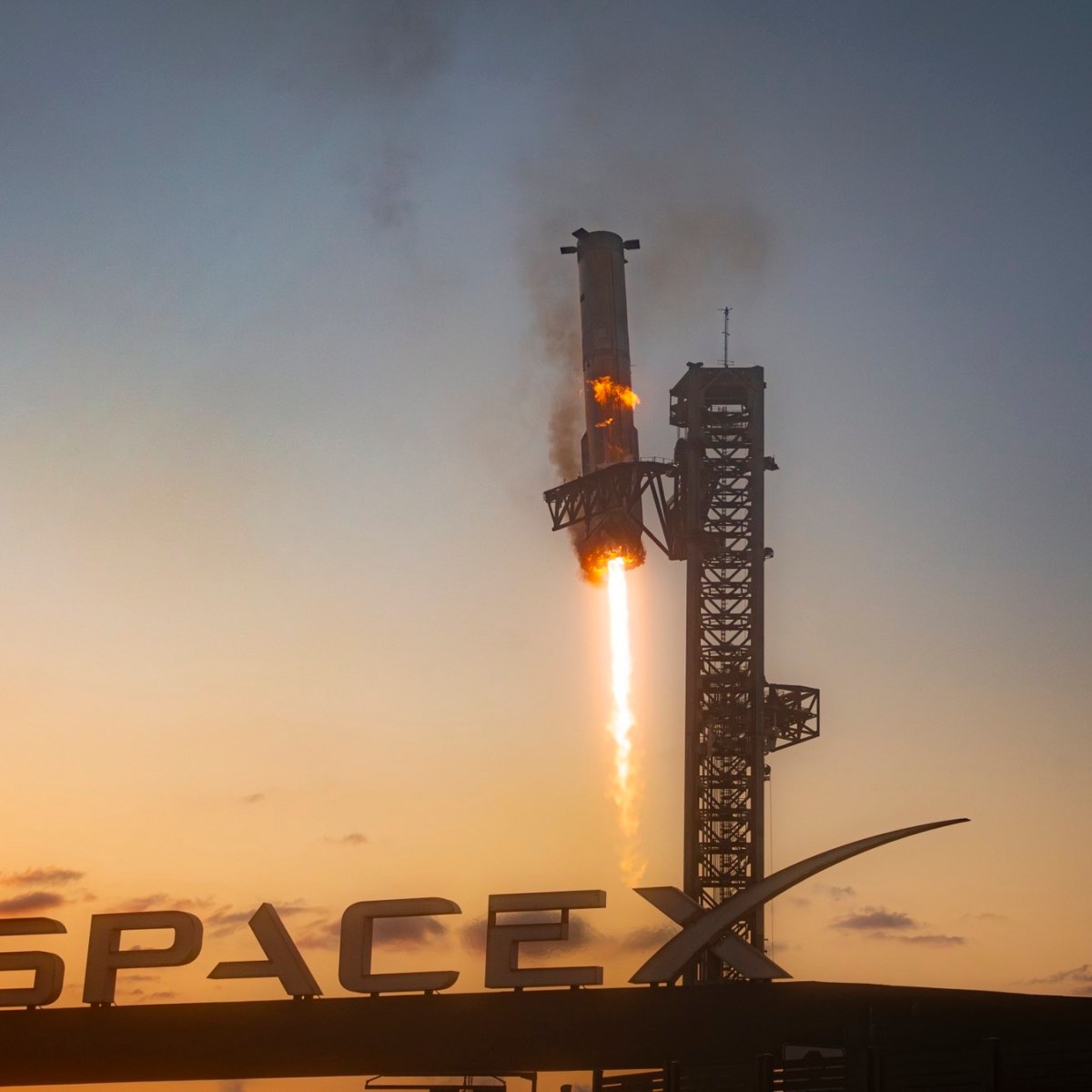Elon Musk playing video games during a call is on brand.
The engineers doing the actual work probably prefer it that way. Better he meddle in game than with the design efforts.
Totally agree
Interesting! They’re talking about unnecessary aborts, and how they want to do as much analysis as possible of the abort criteria, to prevent them.
This will remain an issue for Flight 6 which, it seems, will happen the moment SpaceX decides it’s sufficiently ready. Unlike previous flights …
“Given this is the first launch in a long time … well really ever … that we’ve not been FAA driven …”
The SpaceX officials in the audio said they were “trying to focus on booster risk reduction versus ship envelope expansion” for the next flight.
For the “ship envelope expansion”, do you think they will/should do an in-space engine relight test? Or are the seemingly successful flip-landing maneuvers on flights 4 and 5 sufficient? (Has this been covered elsewhere?)
The setting stage, Starship, needs to do in space engine relights.
Starship is supposed to go all the way to the moon. They need to demonstrate that refueling in space is possible, that the engines relight multiple times in orbit and after multiple days, and that it’s capable of landing safely on the moon.
that the engines relight multiple times in orbit
Should they do an orbital test next? Or continue with the previously used ‘almost orbit’ trajectory that ensures the second stage re-enters safely with no need for a relight?
They should prove relight during these suborbital flights, anything else is just asking to accidentally leave a starship sized chunk of debris in orbit for a few months-years
Back during Apollo, they relit the lunar transfer stage engines in orbit, and just pointed it so it would escape earth and go into deep space.
This also allowed them to have the stage fueled, without risking a giant explosion if it entered the atmosphere. Because the stage was already in a stable orbit, even if the engine didn’t light, all of the fuel would boil off before it entered the atmosphere.
A suborbital flight would only allow a short term test, whereas the real HLS will be spending many days between relights. Plus, the ship will be entering the atmosphere with a substantial amount of fuel in the tanks, which just seems needlessly dangerous.
Though at least they’ve already proved they can relight during a belly flop.
They have, but the belly flop is not zero-g conditions, though.


